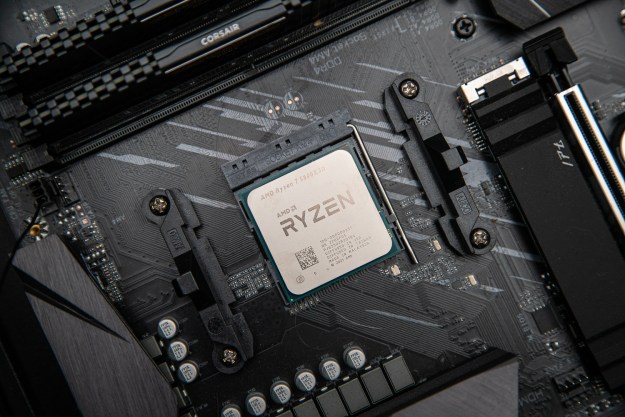
This new method aims to improve Monte Carlo ray tracing, which randomly traces potential light paths for every pixel in an image to render out 3D scenes. The result is a series of realistic images, but it notably takes a whole lot of processing power and patience to complete.
The researchers at Disney conceived a method for adaptive rendering, effectively reducing the number of ray tracing samples required for each pixel, while at the same time managing pestering discolored pixels (also known as noise).

By examining errors in a marginal number of pixels in an image, researchers began to notice patterns in the lapses, which they would then use to accurately forecast additional pixels. This process is for that reason referred to as sparse modeling.
Kenny Mitchell, a senior research scientist at Disney Research, said in a statement that the use of a sparse approach enables animators to manage an “order of magnitude faster results than previous denoising methods.” Likewise, the adaptive method allows artists the opportunity to “check approximate reduced noise results very quickly” as opposed to waiting what often turns out to be entire nights just to see the results of their work.
At ACM SIGGRAPH 2015, the International Conference on Computer Graphics and Interactive Techniques, which takes place in Los Angeles from August 9 through 13, the researchers will fully reveal their discoveries relating to this new method. They’ll likely draw from studies in which the researchers determined that the new method, compared to the previous adaptive methods, reduced reconstruction time immensely while achieving an even higher rendering quality.
Mitchell noted that the new method established by the Disney Research team is currently being implemented in forthcoming animated features, and asserted that substantial improvements in quality would result.
One of the primary supporters of the research was Lensflare, an Innovate UK project that aspires to revamp production pipelines for movies and games by raising the bar for competition in the UK computer graphics industry.
Editors' Recommendations
- Glasses-free 3D gaming can be amazing — but only if it’s done right
- 3D printed cheesecake? Inside the culinary quest to make a Star Trek food replicator
- Sony’s new 3D display tech keeps getting bigger and better
- AMD’s Ryzen 9 7950X3D pricing keeps the pressure on Intel
- AMD may have just leaked the Ryzen 9 7950X3D release date


